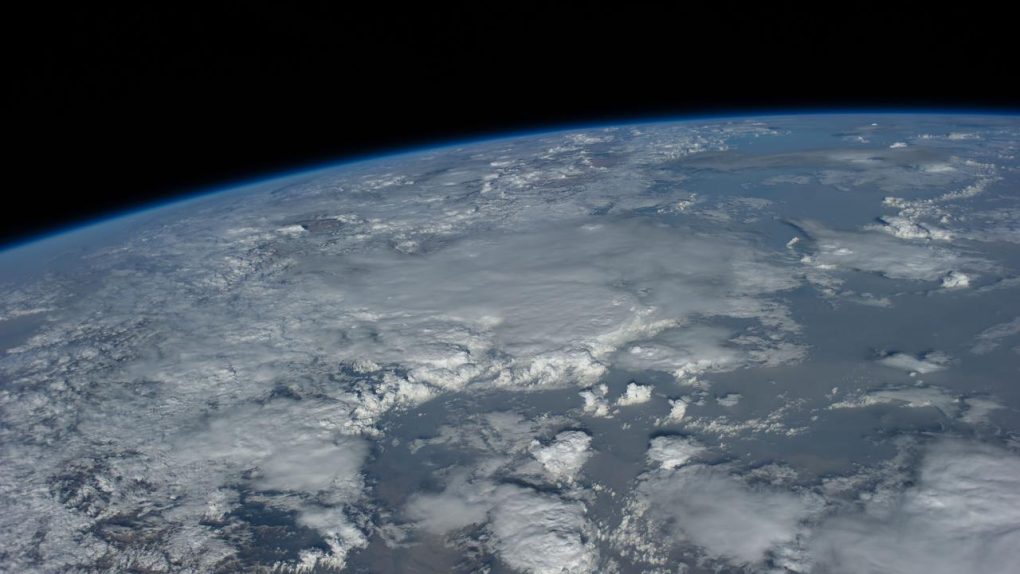- A possible Earth-like planet was detected orbiting a star that is a lot like our own Sun.
- The planet candidate is called KOI-456.04, it’s just under twice the size of Earth, and it orbits within an area of its star that could possibly support life.
- Future observations will reveal more about the candidate and potentially lead to confirmation that it indeed exists.
Astronomers that hunt exoplanets have found worlds with wildly differing characteristics. There are ultra-hot gas giants and frigid rocky planets and everything in between. Somewhere in the middle are planets that are similar to Earth in size, composition, and sometimes even temperatures. It’s those worlds that offer us the best chance of finding life outside of our solar system.
Now, researchers scouring the skies for new worlds have spotted what looks a lot like our own Sun being orbited by a planet a lot like Earth. It’s probably a stretch to call it our system’s “twin,” but it’s close enough that it’s sparked some excitement.
The planet candidate is called KOI-456.04. It might not have a flashy name, but it makes up for that by being interesting in other ways. As researchers describe in a new paper published in Astronomy & Astrophysics, the planet is larger than Earth, but less than twice the size. That’s a healthy size for a planet as far as life is concerned, but it’s the planet’s distance from its star that is the real key.
Its host star, Kepler-160, is a lot like our own Sun. The planet orbits its star at a distance that should make its surface temperatures neither too hot nor too cold to support life. We can’t tell if there’s anything living on the surface, and at a distance from Earth of around 3,000 light-years, it’s unlikely that we’d be able to make such a discovery in the near future.
“KOI-456.01 is relatively large compared to many other planets that are considered potentially habitable,” Dr. René Heller, lead author of the study and Max Planck scientist, explains. “But it’s the combination of this less-than-double the size of the Earth planet and its solar type host star that make it so special and familiar.”
Identifying the presence of life on an exoplanet is, at the moment, not possible. However, in the not-so-distant future, more powerful telescopes with more sensitive instruments may be able to suss out the contents of a distant planet’s atmosphere. This alone could offer huge clues as to whether life in some form is present on the surface, but we still wouldn’t know for sure unless we could visit it.
At present, KOI-456.04 remains a planetary candidate in need of full verification. The researchers notes that they are 85% sure that the data shows the planet they are describing, but that still leaves a 15% chance that the planet is just a “statistical fluke” in the data and that it doesn’t exist at all. Additional observations are required before they can be certain.








